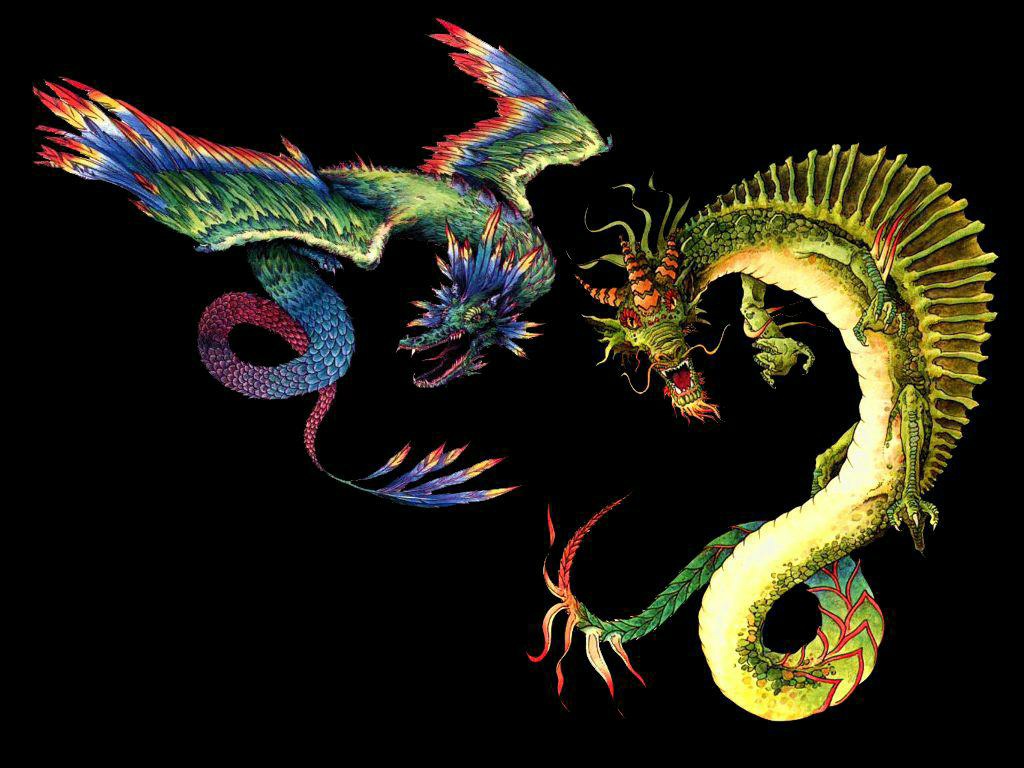

He investigates with the help of marine biologist Amara Takagi. After he takes up police work to cope with his grief, new widower- and one-time Olympics hopeful- Jake Braddock stumbles across a string of deaths and disappearance at sea. All of them resemble nothing so much as alligators with flippers - and terrifyingly powerful jaws.ĭive into: Author Max Hawthorne, known as the prince of paleo-fiction, tackles this ancient underwater predator in Kronos Rising. The great extinction took out several subtypes of pliosaur, from the relatively small, 15-foot-long Macroplata to an enormous specimen unearthed i2009, whose skull alone measured 6 foot 5. These ocean-dwelling reptiles have long gone extinct - they roamed the seas during the age of the dinosaurs, crunching on fish, sharks, and even each with their dagger-like teeth. (Which more closely connects her to the Selkie myths discussed below.) Still, Makara is steeped in Indian culture, and was inspired by Ringman's own experiences with hybridity, as the daughter of a Deaf mother and a Hearing father. The traditional guardian of thresholds, Makara feature prominently in Hindu and Buddhist temples as a decorative motifĭive into: Kristen Ringman’s novel Makara takes an unconventional approach to the titular creature: its protagonist, Fionnuala, is a Deaf woman who happens to be half-seal. But there’s a visual formula for depicting this hybrid creature: you stick the front half of a land animal - maybe a deer or an elephant - to the back half of a scaled aquatic creature, like a fish or crocodile. Sanskrit for “sea dragon” or “water monster,” the Makara looks different depending on who you ask. In the hands of this master fantasist, the age-old tales come to life with the swagger of Marvel comics. We should all take heed when its tail finally slips from its mouth: that’s the signal for the start of Ragnarök, the Twilight of the Gods - and the end of the world as we know it.ĭive into: For a faithful take on Thor’s adventures - including his tangles with the Midgard Serpent - check out Neil Gaiman’s Norse Mythology, a compendium of modern retellings based on the medieval sources.

Son of the immortal trickster Loki and the giantess Angrboda, the Jörmungandr is the arch-nemesis of none other than the thunder-god, Thor. Their matriarch Hydra first appears in the novella, “ The Shadow over Innsmouth,” narrated by a student who discovers something fishy beneath the sleepy facade of a small New England town.Īlso known as the Midgard Serpent, this enormous sea snake from Norse myth is long enough to encircle the whole world and grab its tail in its mouth. They’re hideous enough to make a person faint, and capable of interbreeding with humans. Lovecraft’s cosmic horror works, Mother Hydra and her mate, Father Dagon, rule over the Deep Ones: slimy ocean-dwellers with croaking voices. No wonder Hercules had to tag in his nephew for help.ĭive into: In H.P. And if that’s not enough, each head could fight back with poisonous breath, at least according to the poet Hesiod.

Killing it was no easy feat - as soon as he cut off one head, two more would sprout in its place. manĭive into: You can find a jazzed up, modern retelling of the Perseus myth - Cetus battle and all - in Geraldine McCaughrean’s novel, unsurprisingly titled Perseus.Īnother monster from the ancient world, the Hydra was a many-headed water serpent slain by the demigod Hercules. Luckily for her, the demigod Perseus is there to save the day - and to give us one of Greek mythology’s greatest episodes of monster vs. The vengeful god of the oceans dispatches the serpentine Cetus to attack the kingdom, and the poor princess is tied to a rock near the sea in an attempt to appease it. When the Aethopian Queen Cassiopeia ticks off the Poseidon, her daughter Andromeda pays the price. This post will introduce them - and show you the books you'll want to dive into for their stories.įor your reading ease, we’ve divided our highly scientific taxonomy of sea monsters into eight categories: the scaly, the squishy, the sharky, the shelled, the shape-shifting, the sacrosanct, the (maybe surprisingly) sexy, and finally, the (miscellaneously) scary. Spine-chilling, stupendous, and sometimes even seductive, sea monsters have haunted literature’s depths since the days of Homer’s wine-dark sea. 40+ Stupendous Sea Monsters (in Stories You’ll Want to Dive Into)


 0 kommentar(er)
0 kommentar(er)
